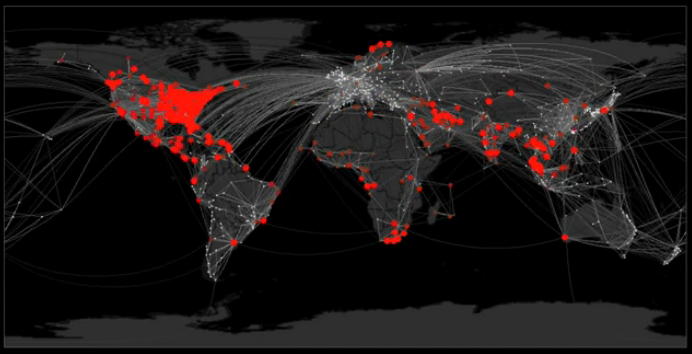The traditions of safety management and risk assessment are firmly rested on notions of control and responsibility. Risk must be identified and translated into controllable parameters, and someone must own the problem. What if the threats have no borders? What if no one owns them?
Our attention is directed towards hidden, dynamic and emergent vulnerabilities, i.e. vulnerabilities that may be ignored, forgotten, never thought of, impossible to identify, misperceived or underestimated. Our objective is to develop an analytical framework to understand, identify and handle such new societal strains.
This involves acknowledging that current risk approaches and methods may fall short. New strains demands new thinking and new approaches towards risk and vulnerability. Attention is turned towards the bigger pictures of complex landscapes involving several systems that potentially act to generate, transfer and relocate risk. We refer to these bigger pictures as "threat landscapes" - landscapes involving several systems in interplay. In effect, we are confronted with the potential of several scenarios leaking into each other, with various potentials of transfer and escalation.
The project sets out to stresstest how society can accommodate new strains and vulnerabilities. We also direct the stresstest towards ourselves by asking demanding questions: How are current risk assessment methods and approaches able to address the new strains of society? Can current methods and approaches ever hope to accommodate the new strains? Where are the frontiers and limits of our methods?
This project is part of The Research Council of Norway's programme on social security; SAMRISK

